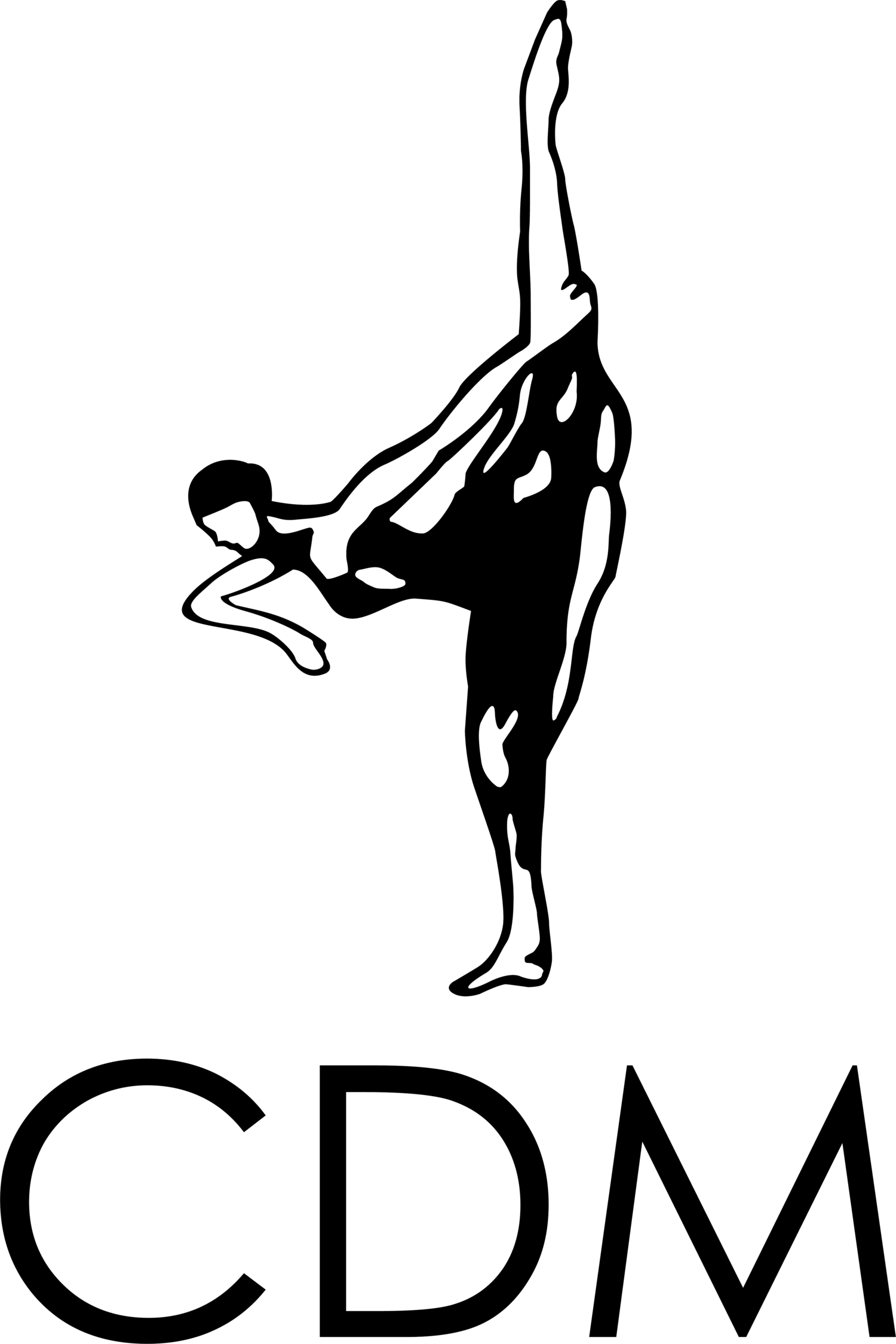Dance Styles
Ballet
Ballet is the foundation of all dance forms and will maximise technique and longevity in a career of dance. It provides grace, poise and technique needed to be proficient in all other areas of dance. Ballet classes will help dancers with posture, flexibility, fitness, balance, self-discipline and self-confidence.
Jazz
An exploration of style and presentation. Classes emphasise musicality and body alignment, conditioning, stretch and strengthening, rhythm and stylisation as well as fun and innovative choreography.
Contemporary
A combination of ballet and a strong focus on modern techniques. Dancers also learn musical and emotional expression, contractions and release, off-center balances and suspension as well as musicality and self-expression.
Tap
Much like learning a musical instrument, students learn how to count music and keep time using their feet and brain as their instruments. Students learn creativity while keeping to rules of music such as synchronisation, sound and strict adherence to keeping time.
Street Dance
This incorporates intricate body movement, strong acrobatic moves, coordination and style. Student will be led through freezes, footwork and top rocks. Hip Hop incorporates a variety of old and new urban dance styles. The dancing represents body movements that go with the beat and rhythm of Hip Hop music. Hip Hop dancing is very dynamic and helps the dancers improve flexibility, develop body balance and coordination.
Acro
Acrobatics/Tumbling is centred on fundamental acrobatic techniques to increase flexibility, strength, balance, coordination, endurance, timing, body awareness, self-discipline and confidence. Classes focus on proper hand placement and body alignment with emphasis on the muscles and flexibility required to perform proper technique.
Latin/Folklore
This program offers instruction in social Latin dances, such as Salsa, Mambo, Merengue, Rumba, Bachata, Kizomba, Samba, Lambada, Axe and Aruban Folklore dances like the Waltz, Tumba, Ribbon dance and MORE!
Variations
Variation or Classical Variation (sometimes referred to as a Pas seul, meaning to Dance Alone) in ballet is a solo dance. Typically, variations in ballet have traditional choreography, with every dancer dancing the same steps.
Partnering
Dance partnering is dancing performed by a pair of dancers, typically a male and a female, in which the pair strives to achieve a harmony of coordinated movements so that the audience remains unaware of the mechanics. It relies on the application of partnering dance techniques that facilitate coordinated movements by a pair of dancers. In particular, it usually involves one dancer providing guidance, support, or both, for the other dancer. Dance partnering technique appears in various forms in many types of dance and is an essential part of all partner dances.
Aerial Silk
Aerial Silk is a type of performance in which one or more artists perform aerial acrobatics while hanging from a fabric. Performers climb the suspended fabric without the use of safety lines, and rely only on their training and skill to ensure safety. They use the fabric to wrap, suspend, fall, swing, and spiral their bodies into and out of various positions. Aerial Silks are a demanding art and require a high degree of strength, power, flexibility, courage, stamina and grace to practice.










